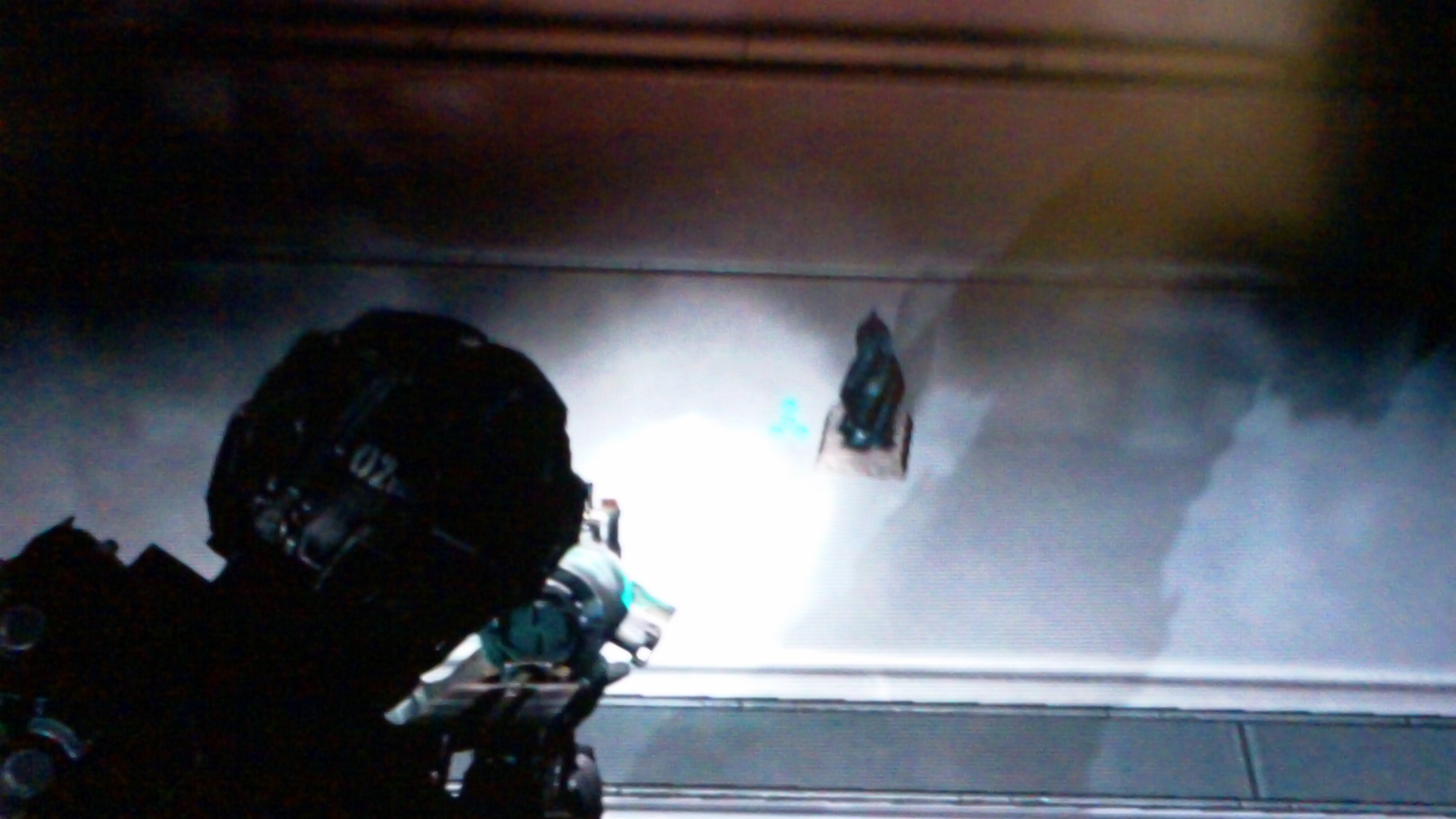
This, and the plateau’s abundance of handily sized flat basalt stones, may have encouraged the nomads to stay a while and build.Īlmost all the standing stone circles follow one of two designs―designs that shows unusually little sign of evolution or development. More abundant vegetation meant less pressure to keep moving herds to fresh pastures, which made building homes more worthwhile. But these were also good conditions for building permanent structures. This coincides with a warmer climate in the region that brought more regular rainfall and a savanna-style landscape of grasses and acacia trees, good conditions for the domesticated cattle and goats we know these Neolithic people kept. Standing stone circles seem to have sprung up quite suddenly, appearing from around 5,800 to 5,500 B.C. Spread in their hundreds across AlUla and some in neighboring Khaybar, these standing stone circles are rewriting the region’s history. Because early AlUlans were always believed to be nomadic, building such large and permanent structures is puzzling. The remains of hearth fires, discarded animal bones, household tools, and even jewelry, have reclassified the standing stone circles as domestic dwellings-Neolithic homes. Excavating at multiple sites, what they found was archaeological pay dirt-domestic rubbish. Their working hypothesis was that these were cultic structures built by Neolithic nomads for some long-forgotten ritual.


In 2019, archaeologists from the University of Western Australia, funded by the Royal Commission for AlUla, began excavating standing stone circles, dubbed SSCs by archaeologists.


 0 kommentar(er)
0 kommentar(er)
